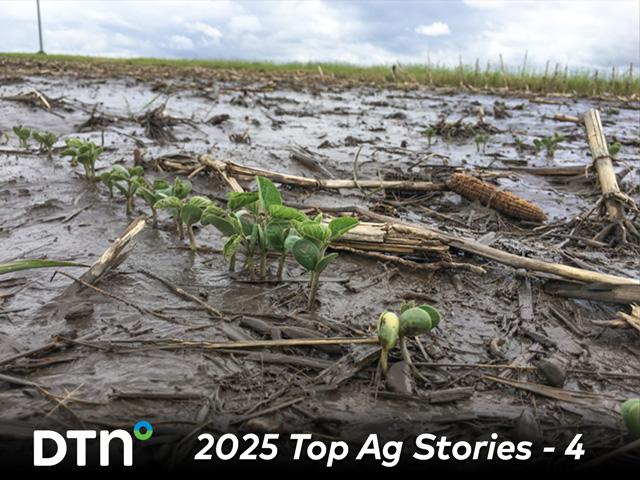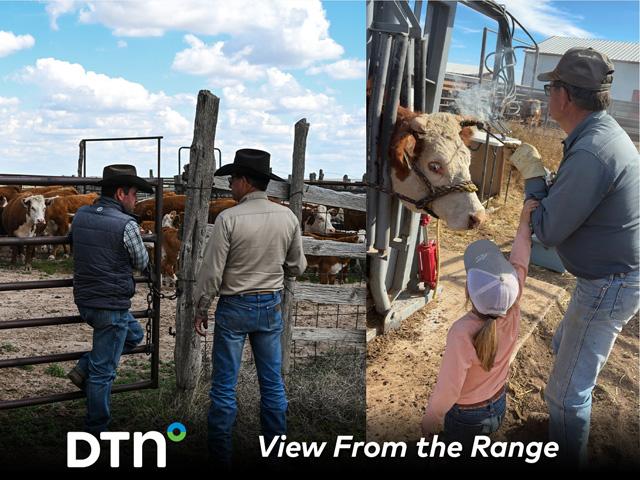Locally Grown Food Continues to Catch On
Appetite for Locally Raised Food Grows
So, do you really care about where your food comes from? For most people, it's not top of mind, but there's a growing slice of society that's paying more attention to where it sources food.
That movement is no more evident than in the Entlebuch region of scenic central Switzerland. It's a jaw-dropping area just under 100,000 acres located at the foot of the Alps that can reach an altitude of 7,000 feet. Here, like in many Swiss regions, farmers are accustomed to producing and using their own locally grown labels.
But, to better help farmers market their regional products, there's a formal regional certification program called regio.garantie. "That assures products are from local farms and businesses," says chairman of the association Das Beste der Region Andreas Wyss, who has been involved with helping develop label guidelines. There's also a Suisse Garantie label to show it's produced in Switzerland.
Each region has its own special identity, as well. For example, the Entlebuch region label also reads Echt Entlebuch (Genuine Entlebuch).
Since the creation of the certification program in 2017, almost 10,000 products from more than 2,300 producers across Switzerland have received the locally produced seals.
"We've found that consumers value our regional products even more than organic, and every year, our locally grown market increases about 10% throughout the country," Wyss explains. "Now, all of our big retailers have a variety of certified locally grown labels on their shelves."
WHAT CONSUMERS SAY
Here in the U.S., the amount of locally grown foods runs about 2 to 3% of the total food consumed, according to USDA. And, that number continues to expand.
P[L1] D[0x0] M[300x250] OOP[F] ADUNIT[] T[]
In The Packer's Fresh Trends 2024 consumer survey, more than half of respondents said they made a "conscious effort" to buy locally or regionally grown produce. In addition, it showed that younger consumers are more likely to say they make an effort to buy local, and 34% of all consumers said knowing the stories and background of produce growers was "very important." Not surprisingly, higher-income groups are more likely to buy locally, according to The Packer, a newspaper and website covering the fresh produce industry.
Just north of the U.S. border, Food Secure Canada claims that local food has now moved from a foodie movement to become an established mainstream idea.
And, abroad, there's been brisk growth in locally grown and sourced food for many years. In fact, about one in four consumers cite the "regionality" of products among the most important criteria when purchasing food, according to a 21-country survey from Statista Consumer Insights. The survey also points to Swiss and Austrian shoppers as being the most likely to turn to local products.
U.S. consumer Sarah Musty, Richfield, Minnesota, says she values knowing where and how her food purchases are grown and raised. "I want to buy things locally and know that it's not all coming from some giant farm," the occupational therapist says.
During the pandemic, she found a farm co-op about 50 miles away to supply her family's weekly fruit and vegetable needs, and it delivered right to her door. "I feel like it's fresher and better quality than what I get at the grocery store, and I like that we're supporting our local farmers," she says.
SWISS FARMERS BUY IN
Das Beste der Region is one of four major super-regional organizations with 16 subregions such as Echt Entlebuch that have adopted the certification program. Rules require that 80% of raw materials must come from that region, and a minimum of two-thirds of the added value of products must be generated within the area. If that's met, the products then qualify for the regio.garantie stamp of approval.
The subregions such as Echt Entlebuch are defined by postal codes so that origin of the raw materials and added value can be traced back at any time.
Dairy, cheese and meat make up a large portion of the certified Echt Entlebuch brand, but other products like flour, pasta, tea and honey also can be included if they meet the specifications. About 30% of products labeled Echt Entlebuch come from cheese and milk products, 20% from meat and meat products.
CERTIFICATION PAYS
"Two years ago, a study showed that every certified liter of milk sold added 4 to 5 cents more per liter than selling on the open market," Wyss explains. "Also, farmers have found a 45% higher price for their eggs, 30% more for fruits and vegetables, and a 25% higher price for meat products when sold with the Echt Entlebuch label." All products marketed with the label have to be recertified every two years.
Consumers seem to embrace the certification program, too, and are willing to pay more for local. "Our research shows that about 50 to 60% of Swiss consumers can afford the higher prices and can pay 1 to 2% more without struggling," he adds.
Farmers and other members along the value chain pay to belong to the Echt Entlebuch label. However, Wyss says farmers only pay half, and government pays the other half. Price varies, but in general, farmers pay 500 Swiss francs ($550 U.S.) a year plus a bit more based on volume.
"We believe that people in Switzerland, and maybe around the world, long for more knowledge of where products are from" Wyss says. "It's a trend here that I think will continue to grow; plus, it's strongly supported by our government."
[PF_0425]
(c) Copyright 2025 DTN, LLC. All rights reserved.




